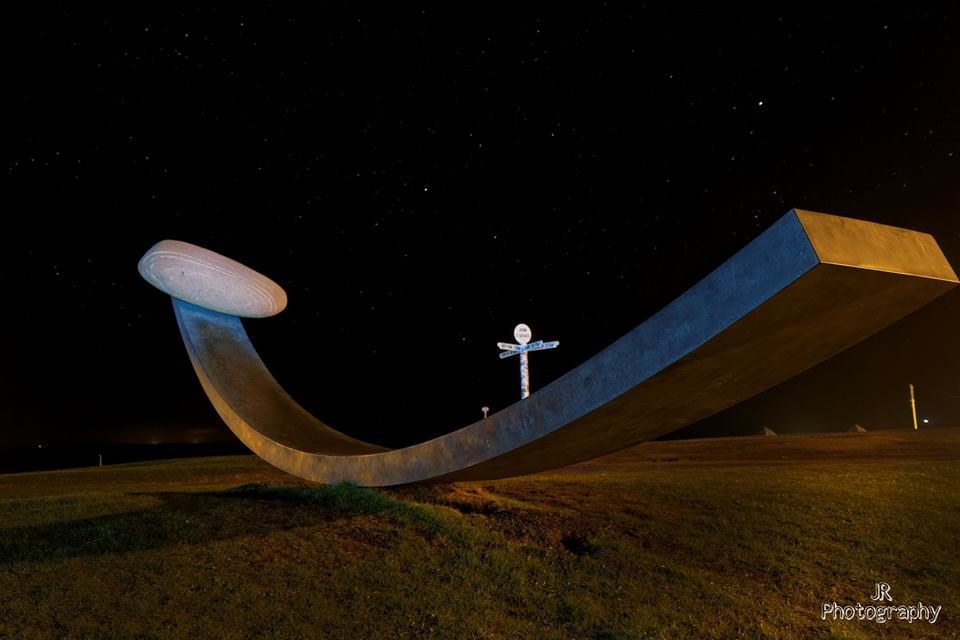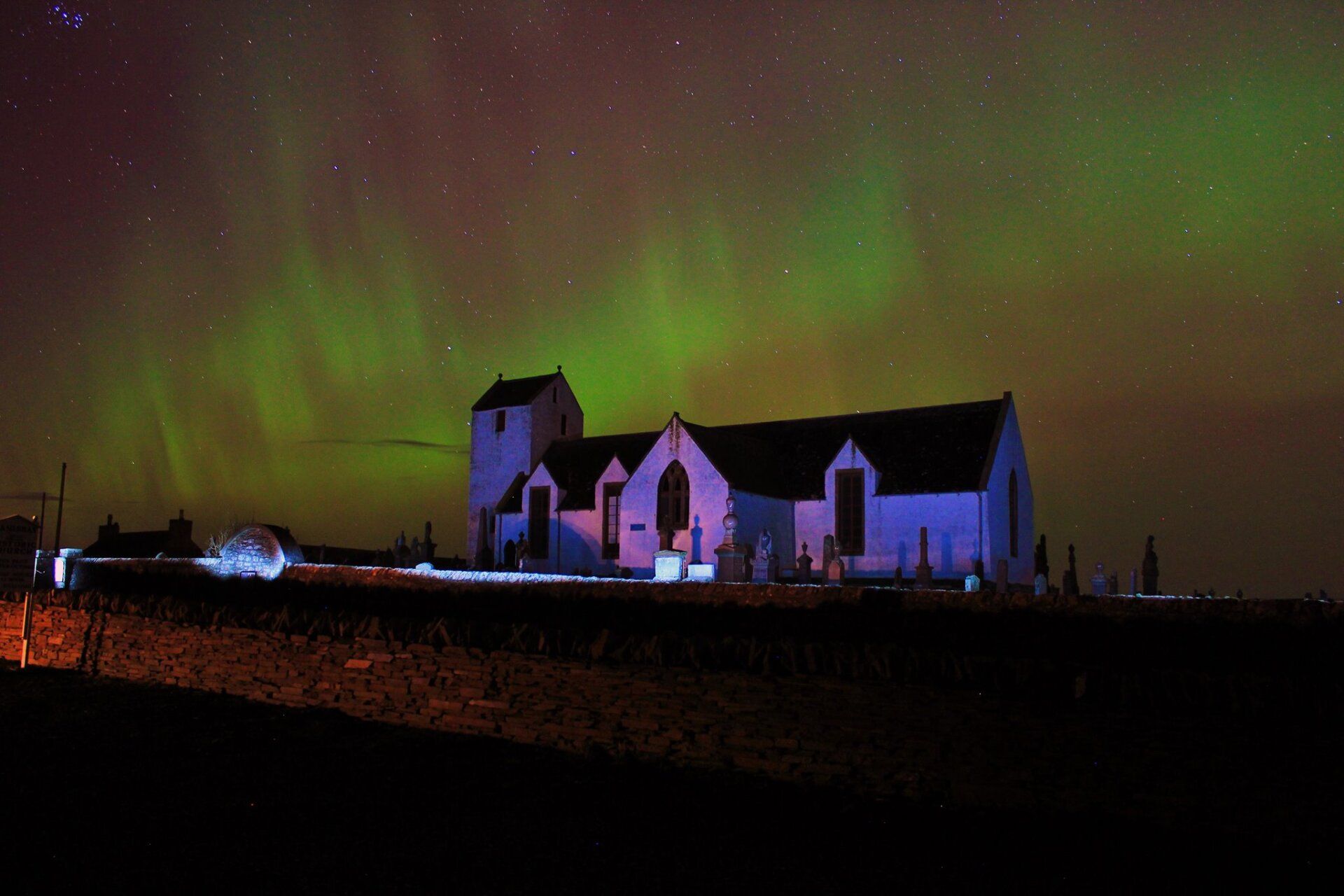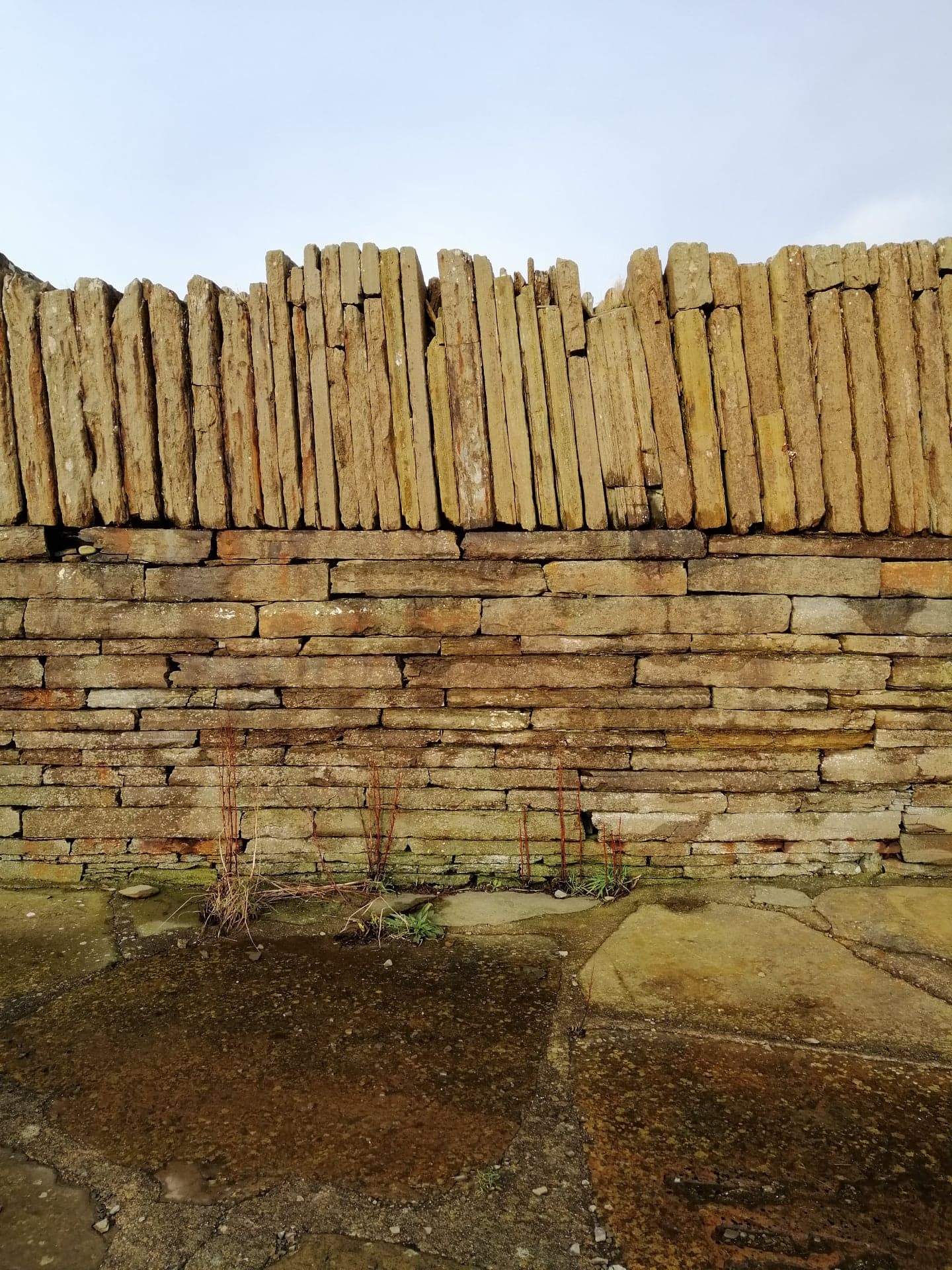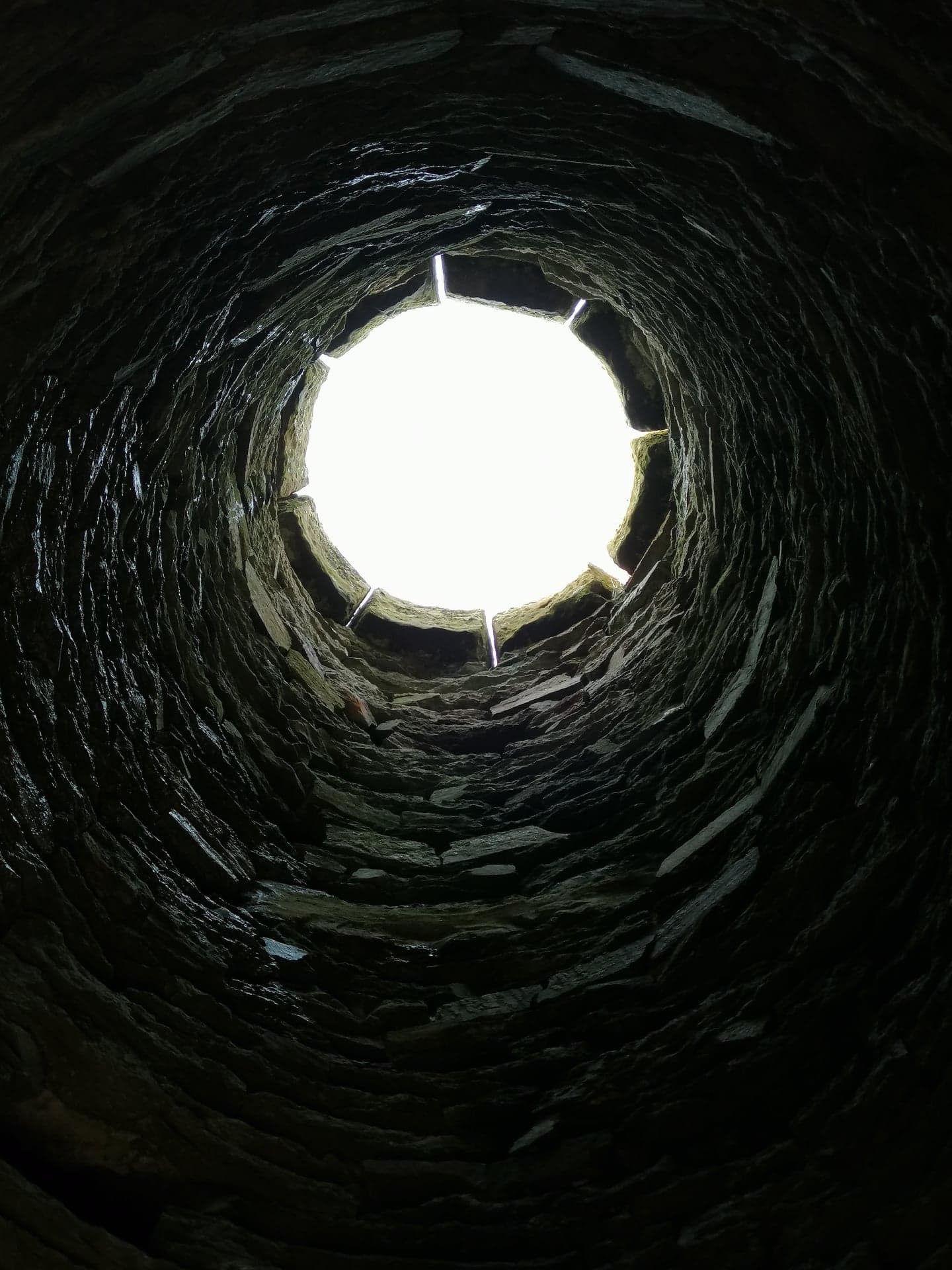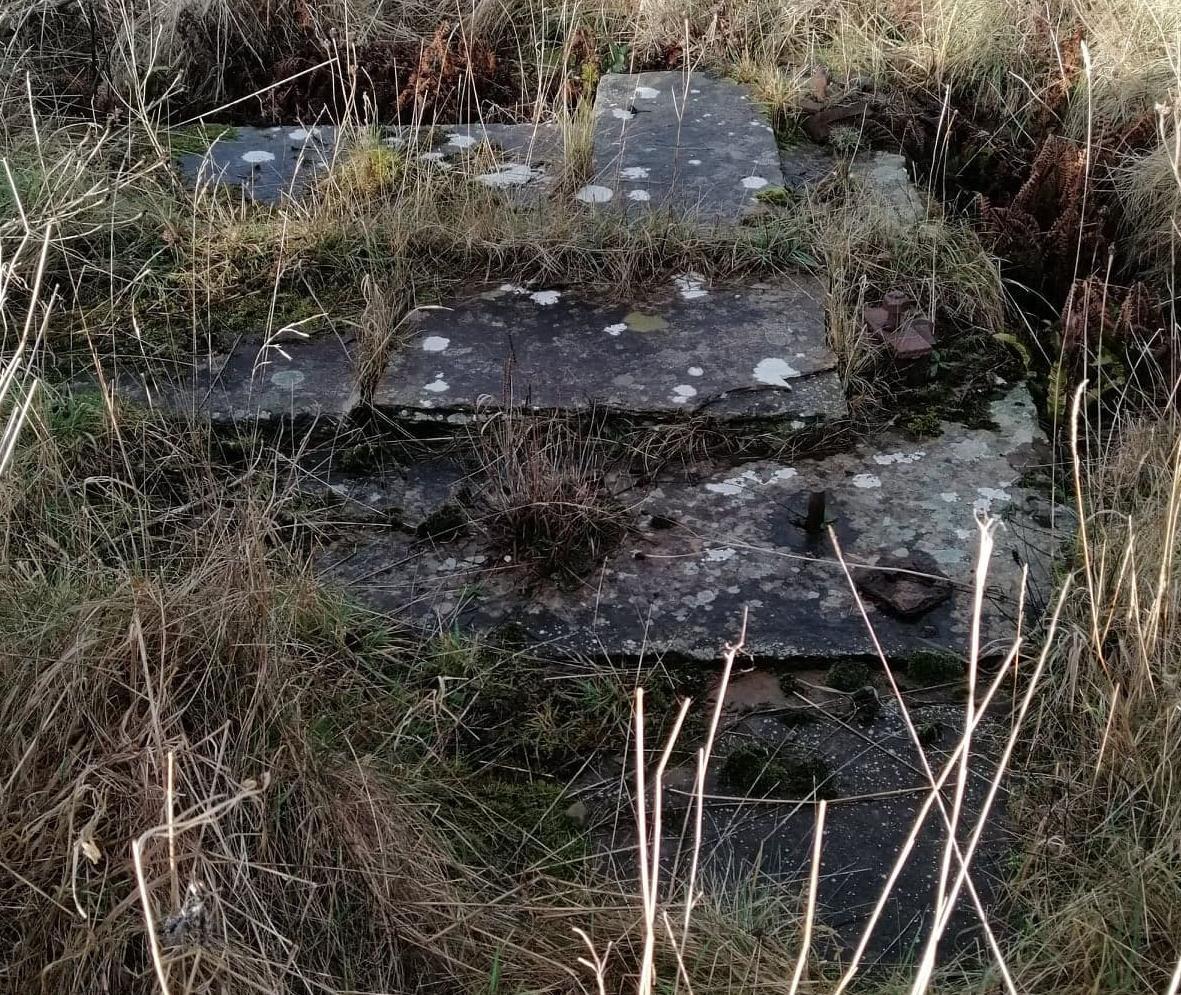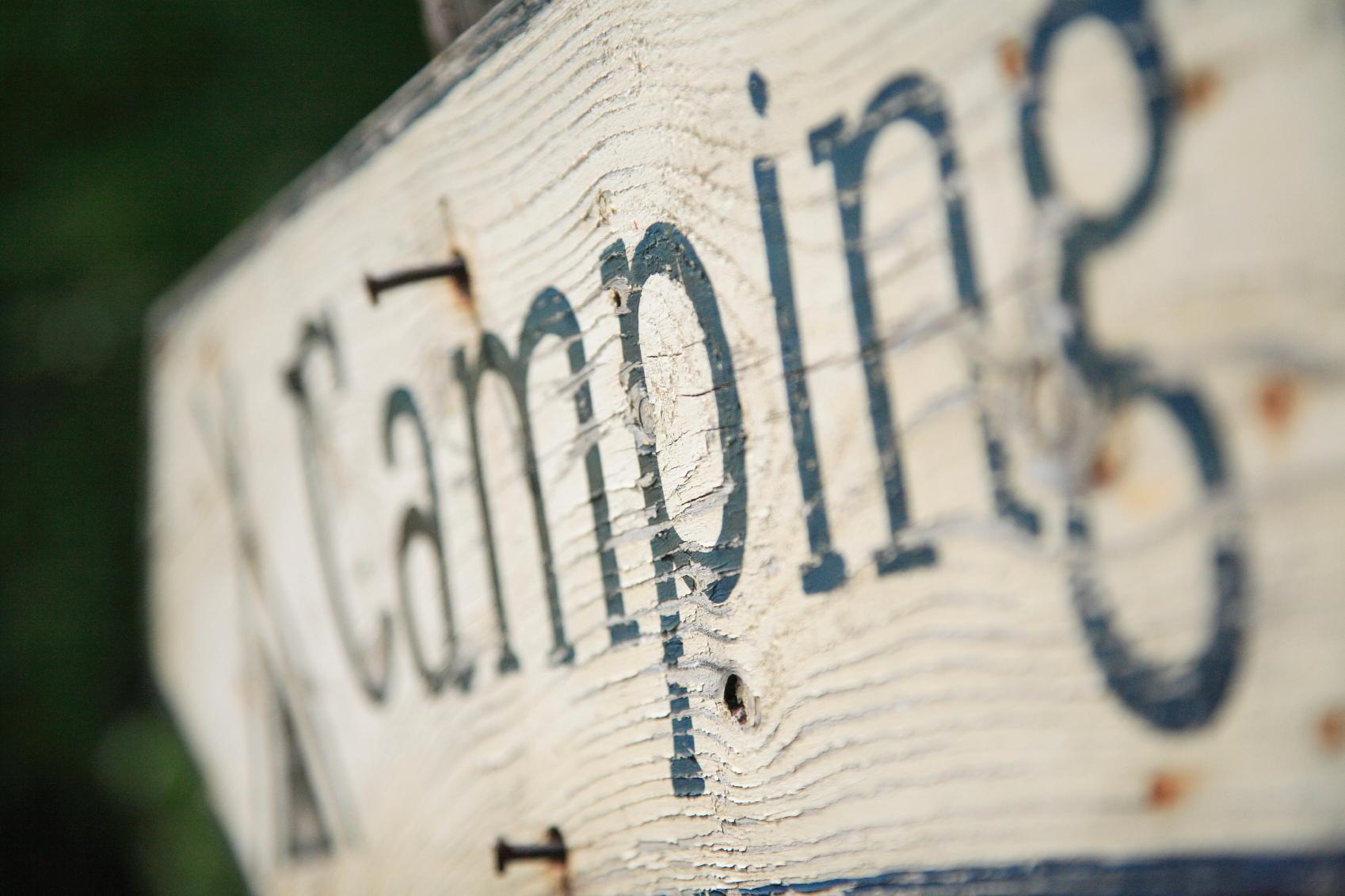A Hidden Gem.
Off the beaten track.

The North Coast 500 route has been well publicised and has provided so many people with amazing experiences and memories. However, our advice would always be to explore, not just the route, but the surrounding areas too.
Castletown, with a population of around just 800 people, is a small village which most people pass through on the route on their way to, or from, Thurso. However, Castletown is worth more than just passing through. The village was established around the flagstone industry by local land owner James Traill of Rattar, (1758-1843). Although the flagstone quarry at Castlehill (just outside Castletown) is no longer a working quarry, much remains of the industry built up by James Traill, and the Castlehill Heritage Centre preserves the character, history and traditions of the Village of Castletown and Parish of Olrig. This article will give you a sneak peek at what you could find on The Flagstone Trail (when we're allowed to explore further afield again).
Caithness Flagstone, allegedly one of the best in the world, began forming millions of years ago when Caithness itself was at the bottom of "Lake Orcadie", formed by layer upon layer of compressed sediment. Due to the way it was formed, it splits into large thin slices which are relatively easy to cut to size. It is an extremely hard-wearing material which has formed the building blocks of Caithness for thousands of years. Even today you can see flagstone used all over Caithness from walls and doorways to harbours, gateposts and even tombstones!
Image 1 - Dunbeath Broch Image 2 - Castlehill Harbour Image 3 - Sinclair Girnigoe Castle Image 4 - Windmill at Castlehill
Castlehill was developed as Caithness's first commercial flagstome works by James Traill, an enterprising local landowner, who realised there was a market for the Caithness flagstone in the wave of building works springing up around the UK and the world brought on by the Industrial Revolution.
In April 1825, James Traill sent the first boat load of Caithness Flagstone from Castlehill Harbour. Initially shipped to UK, paving the Strand in London, the London Docks and the concourse of Euston Railway Station, eventually flagstone was shipped around the world, throughout Europe, Australia as well as North and South America.
The flagstone was quarried by hand, using wedges and levers to split the stone into large thin slices. Surprisingly enough, this is still done in much the same way today! Once split, the stone was move to the cutting yard on carts or rollers where it was cut to the correct dimensions using water powered saws. Once cut to size, it was then polished using large wooden plates & sand, before heading to the harbour on a "bogie track" (a track for wheeled containers pulled by horses), and being loaded on to a ship and heading all over the world.
Image 5 - Windmill at Castlehill Image 6 - Evidence of workings still visable Image 7 - Original Workings Still In Situ
By 1840, there were over 100 people employed at the flagstone works, which grew to around 500 by the late 19th century. All employees were encouraged to live locally and you can still see evidence of their houses both at the flagstone quarry and along the main street of Castletown. The flagstone industry made the local area quite prosperous - paying for a new church, new schools, a library, inn and 3 annual fairs. Other quarries opened throughout Caithness and, by the beginning of the 20th century Caithness flagstone's annual output was was only surpassed by Aberdeenshire's granite production. The industry employed over 1000 people.
However, working in the flagstone industry was no picnic. The work was hard and dangerous with long hours and poor wages. When the weather stopped work, there was no pay at all. Quarry owners also tried to control many aspects of the workers lives away from the quarry including where the workers bought their supplies from, restricting them to buying from the quarry owners own shops - ensuring the wages they spect went back to the employer! They also tried to influence the worker's behaviour - strongly discouraging them from partaking of alcohol and morality instruction was strictly enforced.
Unfortunately, by World War 1, the industry had begun to fall into decline and the amounts of flagstone being produced began to fall. The decline was sparked by increased transport costs, higher wages and the growing popularity of concrete slabs which were cheaper to produce and therefore cheaper for the buyers. By the 1920's, most quarries had closed, causing mass unemployment. Coupled with the after effects of World War 1 and the demise of the fishing industry, many people left the area, many even emigrating to further afield.
Image 8 & 9 - Abandoned buildings around the Castlehill site.
